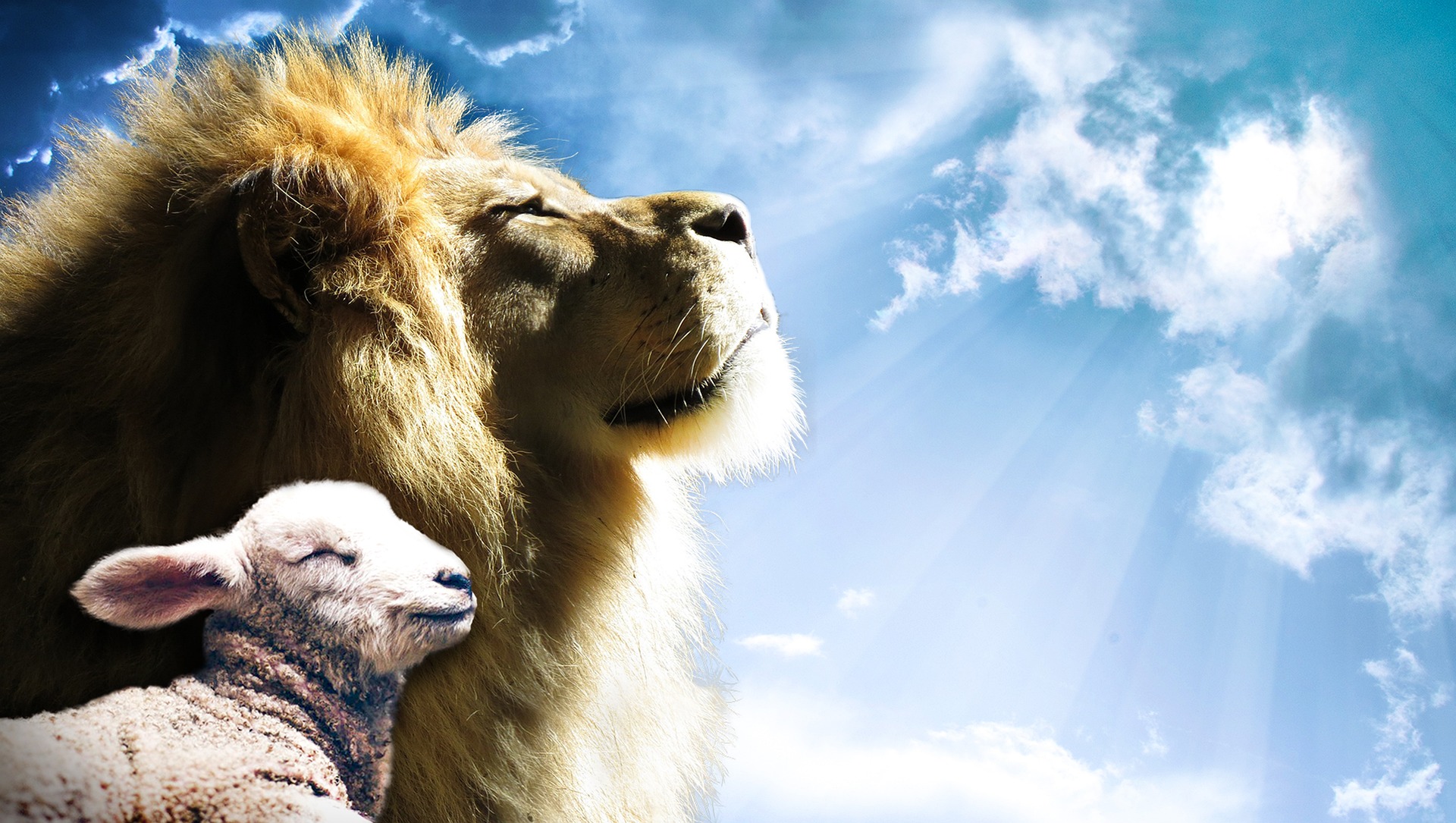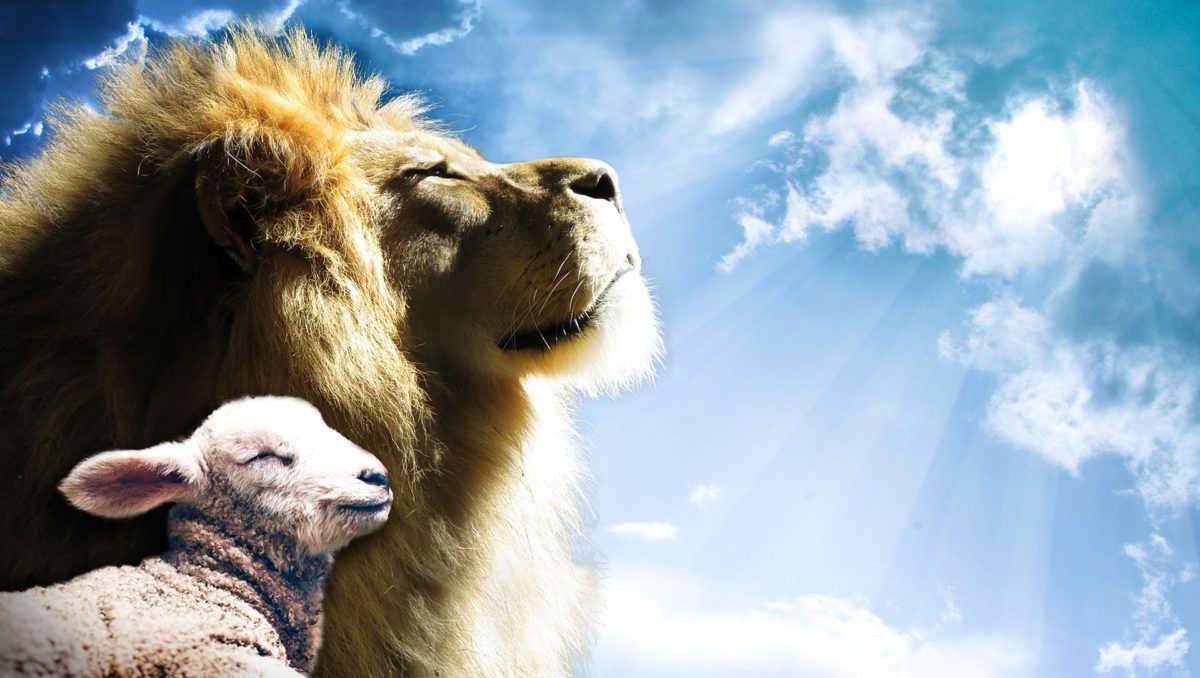
“March will come in like a lion and go out like a lamb.” The proverb is as familiar to most as the calendar itself. What does it mean and where did it come from?
The weather folklore adage has been attributed to Thomas Fuller’s collective “Gnomologia; Adagies and Proverbs; Wise Sentences and Witty Sayings, Ancient and Modern, Foreign and British,” published in 1732. In many states, the month of March serves as a bridge month, spanning the transition of the harshness of winter to the mildness of spring.
The proverb certainly seems to adequately depict the passage from the severe brutality of winter to the pleasant gentleness of early spring, lending a bit of harmony and balance to our changing weather. But some theorize that the saying initially related to stars in the night skies, specifically the constellations of Leo, the lion, and Aries, the ram.
Both of these explanations make sense and are interesting. But I can’t help but think about the other reference to the Lion and the Lamb. Throughout Scripture, Jesus is often referred to as either a lion, the Lion of Judah, or as a lamb, the Lamb of God. In a single passage, he is named both:
Then one of the elders said to me, “Do not weep! See, the Lion of the tribe of Judah, the Root of David, has triumphed. He is able to open the scroll and its seven seals.”
Then I saw a Lamb, looking as if it had been slain, standing at the center of the throne, encircled by the four living creatures and the elders. The Lamb had seven horns and seven eyes, which are the seven spirits of God sent out into all the earth. -Revelation 5:5-6 (NIV)
As we move closer to Easter, I find myself reflecting on Jesus’s attributes as each, the balance of him as both Lion and Lamb. Augustine put it this way:
“He endured death as a lamb; he devoured it as a lion.”—Augustine, Sermon 375A
Christ resurrected is a lion; Christ sacrificed is a lamb. How can both coexist? Well, he is God. The Bible tells us he is mighty, powerful, and fierce. But it also tells us he’s compassionate, loving, and merciful. And he is. All of these and more. These attributes do not contradict one another, they complement. And Jesus knew just when and how to reveal each attribute, rightfully demonstrating the various aspects of his character as warranted. As finite beings, we cannot fully comprehend God. But would we want to? A god that fits in our limited brains and understanding sounds a little small to me.
And we are made in his image. Shouldn’t we then labor to embody both the lion and lamb-like characteristics of Jesus? The only true way we can genuinely do this is to know Jesus intimately. God’s given us the tools to get to know him: his word, his spirit, and his people. When we prioritize time studying scripture, when we make prayer integral to our days, and when we spend intentional time with other Christ followers, we do grow to know our Savior more fully. Hopefully, as we conform ourselves more to the image of God, they will see both lion and lamb in us, as well.

